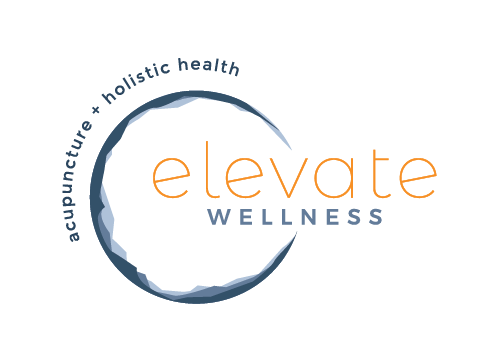What is Dry Needling Therapy?
When it comes to addressing musculoskeletal pain and movement issues, dry needling therapy is an increasingly popular treatment option. This technique, used by acupuncturists, physical therapists, and other healthcare providers, involves the insertion of thin needles into myofascial trigger points, which are knotted and tender areas in the muscles.
Dry needling works by releasing tension, increasing blood flow, and reducing local and referred pain. It can be a valuable addition to a comprehensive pain management plan, incorporating exercise, stretching, massage, and other techniques.
In this article, we'll explore the benefits of dry needling, the techniques used, and how it compares to acupuncture. If you're looking for a non-invasive approach to alleviate muscle pain and improve your quality of life, dry needling may be the answer you've been searching for.
Key Takeaways About Dry Needling Therapy:
Dry needling therapy is a technique used to treat musculoskeletal pain and movement issues.
It involves inserting thin needles into myofascial trigger points in the muscles.
Dry needling can decrease tightness, increase blood flow, and reduce local and referred pain.
It is often used as part of a larger pain management plan.
Dry needling and acupuncture are both needle-based therapies, but they have different underlying principles and applications.
Elevate Wellness St. Pete specializes in acupuncture treatments and dry needling therapy. We specifically work with pain management, injuries, auto immune diseases and reproductive health in our acupuncture clinic in St. Petersburg, FL.
How Does Dry Needling Work?
Dry needling therapy is a technique that targets muscle trigger points to provide pain relief and promote muscle recovery. By inserting thin needles into these trigger points, dry needling stimulates the muscles and promotes myofascial release, which is the relaxation of tight knots in the muscle fibers.
When a muscle is overused, it can lead to compromised blood supply and the development of trigger points. These trigger points are areas of increased acidity and tightness in the muscle tissue, causing pain and restricted movement. Dry needling stimulates blood flow to the affected area, helping to restore proper circulation and reduce tension in the muscle.
During a dry needling session, the insertion of a needle into the trigger point may also result in a local twitch response. This twitch response is a sign that the muscle is reacting positively to the treatment, indicating the release of tension and potential pain relief. By targeting the trigger points directly, dry needling can provide immediate pain relief and improved mobility for some individuals.
Dry Needling vs Acupuncture
Dry needling therapy and acupuncture are two techniques that involve the insertion of thin needles into the body. While they share this commonality, there are key differences between the two approaches.
Acupuncture, originating from traditional Chinese medicine, focuses on balancing the flow of energy, known as chi or qi, through pathways called meridians. It is used to address a wide range of conditions beyond musculoskeletal and neuromuscular pain.
On the other hand, dry needling therapy specifically targets trigger points in the muscles to relieve pain and improve function. These trigger points are knots or nodules of muscle fibers that can cause pain and restrict mobility. By targeting and stimulating these trigger points, dry needling promotes myofascial release and helps restore normal muscle activity.
Both dry needling and acupuncture can provide effective pain relief, but their underlying principles and applications differ. Acupuncture aims to restore energy flow throughout the body, whereas dry needling focuses on addressing musculoskeletal and neuromuscular issues by targeting specific trigger points. Depending on your specific condition and goals, your healthcare provider can determine which approach is best suited for you.
Frequently Asked Questions About Dry Needling Therapy
What is dry needling therapy?
Dry needling therapy is a technique used by healthcare providers to treat musculoskeletal pain and movement issues. It involves the insertion of thin needles into myofascial trigger points, which are knotted and tender areas in the muscles. Dry needling can help decrease tightness, increase blood flow, and reduce local and referred pain.
How does dry needling work?
Dry needling works by stimulating trigger points in the muscles. When a muscle is overused, blood supply is compromised, leading to the development of trigger points and an increase in acidity in the surrounding tissue. By inserting a needle into the trigger point, blood flow is restored, releasing tension and reducing pain. Dry needling can provide immediate pain relief and improved mobility for some individuals.
What is the difference between dry needling and acupuncture?
Dry needling and acupuncture are both techniques that involve the insertion of thin needles into the body, but they have some key differences. Acupuncture is a component of traditional Chinese medicine and focuses on balancing the flow of energy, known as chi or qi, through pathways called meridians. It treats a wide range of conditions beyond musculoskeletal pain. On the other hand, dry needling specifically targets trigger points in the muscles to relieve pain and improve function. While both techniques are safe and can be effective, they have different underlying principles and applications.


